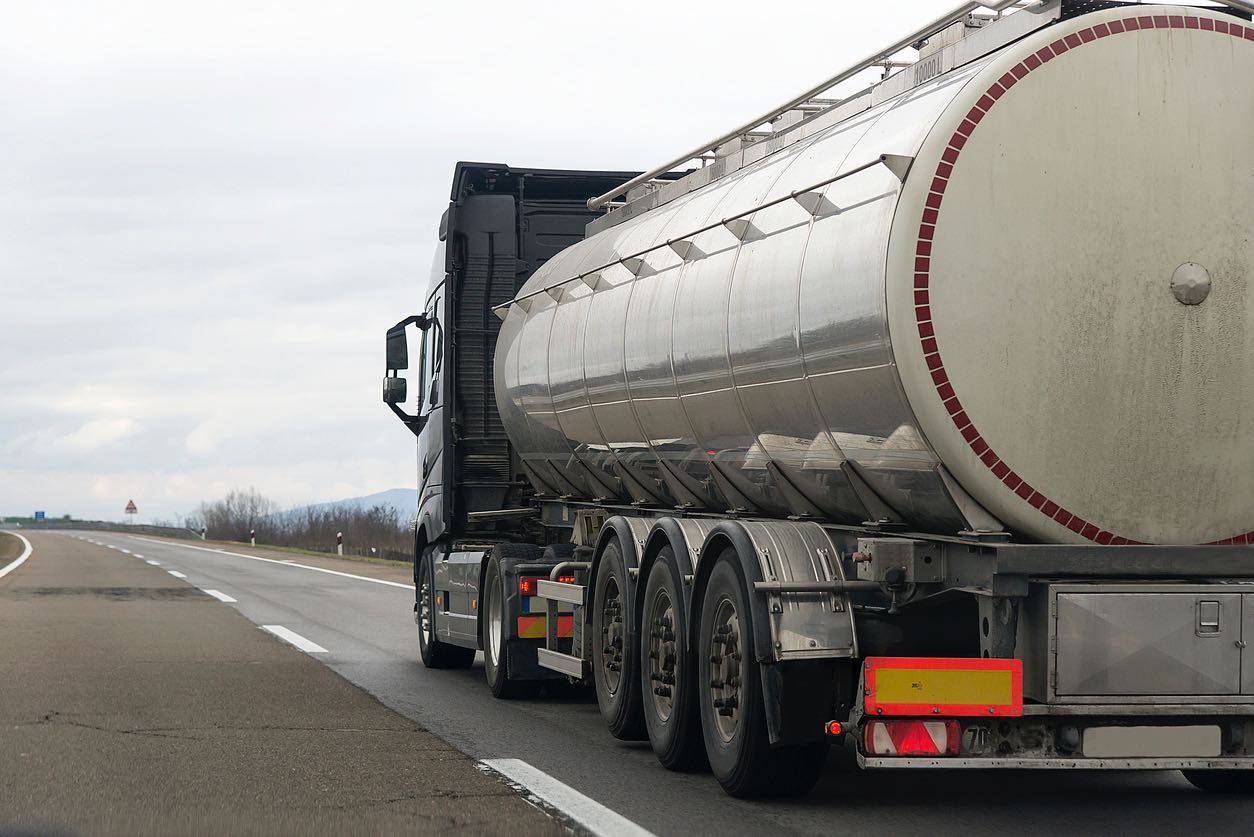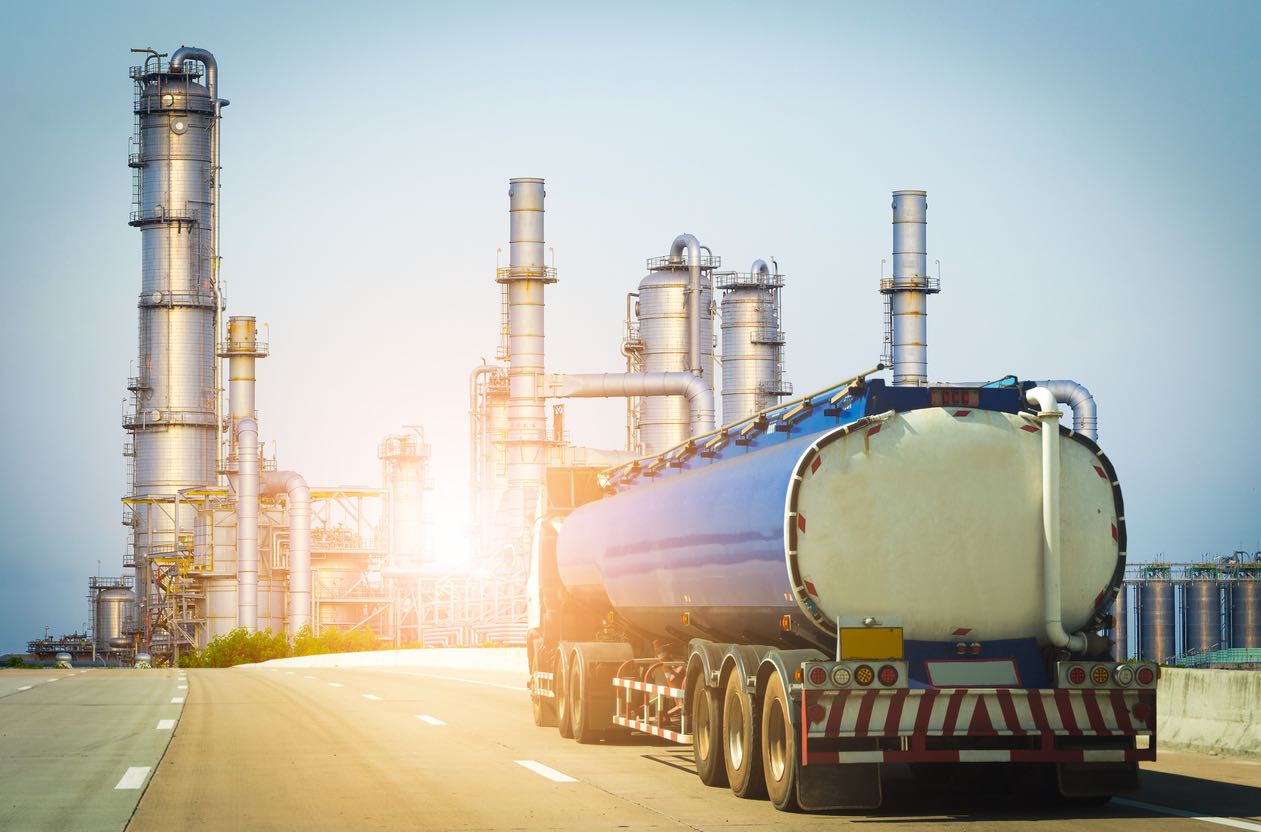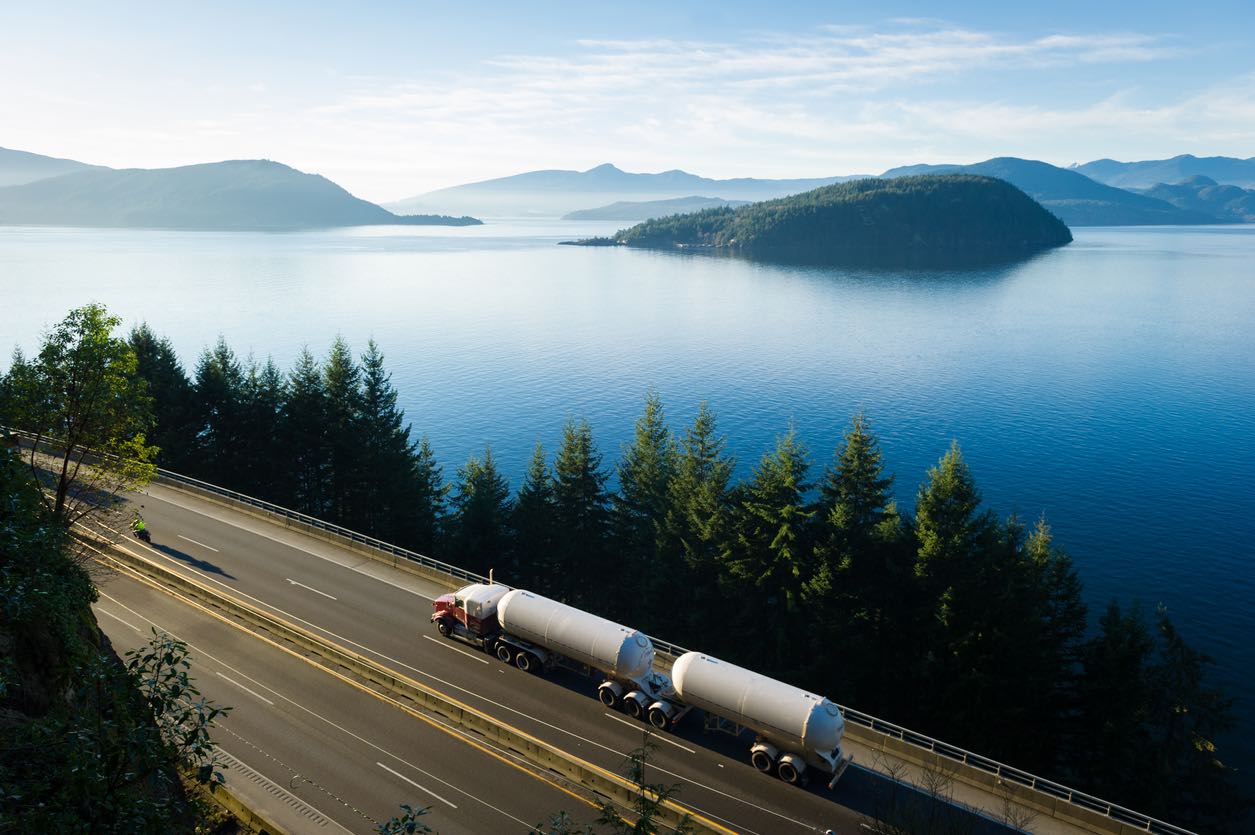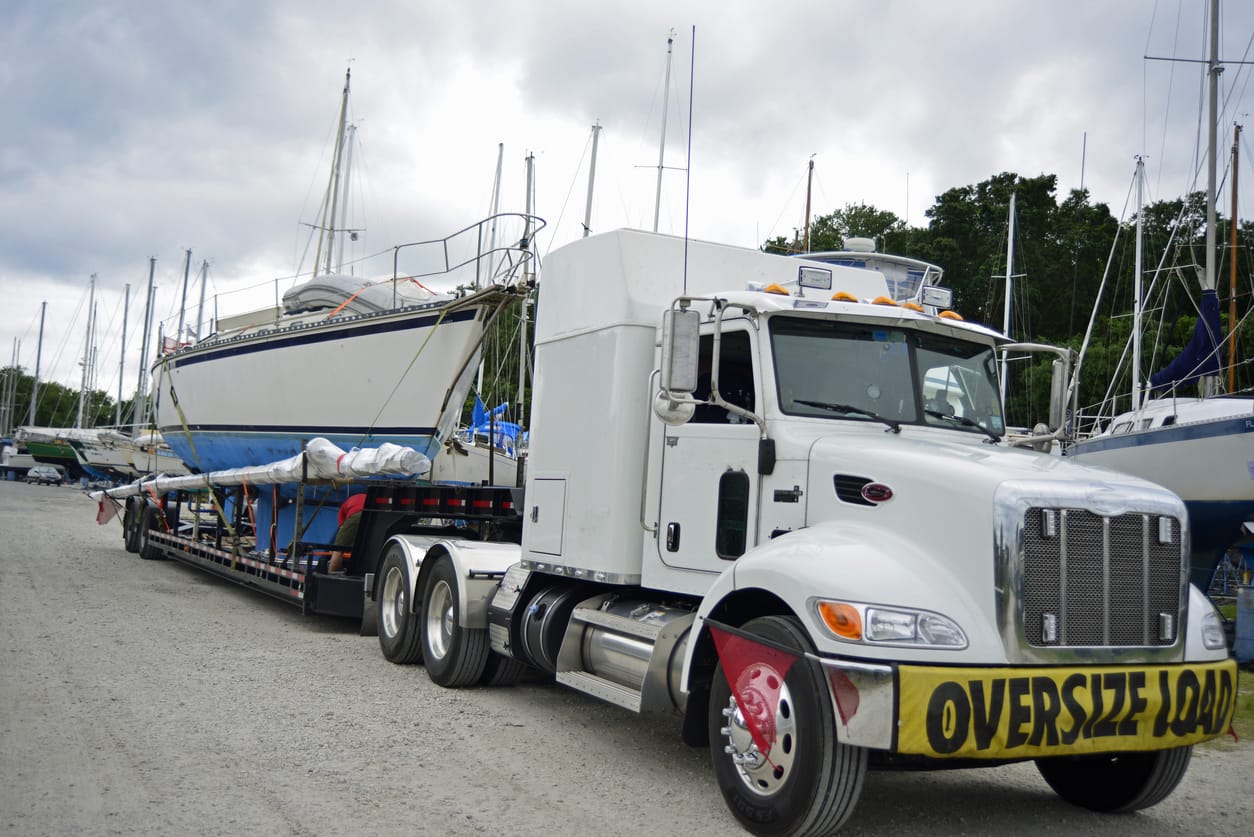The oil and gas industry is not only a linchpin of the energy sector, but it is also the lifeblood that guarantees the furnace of industry and the engine of vehicles continue to function without a hitch. It should come as no surprise that transportation is an essential component of this industry, particularly inside the borders of the United States. In this situation, selecting a mode of transportation is not just about how much money it will save, but also about how secure it will be, how reliable it will be, and how well it will fit into the overall plan. Companies have to proceed cautiously, striking a balance between speed, security, and regulatory compliance due to the potentially dangerous nature of the materials involved.
Within the borders of the United States, delivering oil and gas by truck continues to be the most adaptable method available. This method’s advantages include its adaptability to a variety of timetables as well as its simple portability across a wide range of locations. However, not all trucking is made equal, and the industry has honed various vehicle types to meet certain demands. These include hotshots for urgent deliveries, flatbeds for big, heavy and oversized equipment, and oil tankers for the liquids themselves.

Flatbeds and Hotshots: When it comes to moving oil and gas equipment, they are the workhorses of the business. Because of their open design, flatbed trailers are ideally suited for transporting cumbersome loads that exceed the size and weight restrictions of standard vehicles. When time is of the essence and a conventional delivery timetable simply won’t do, you may turn to Hotshots for a solution that provides a speedy answer.
Specialized Oil Tankers: Oil tankers offer a solution that is customized to address the issue of transporting liquids. Despite the fact that their capacity is lower than that of other delivery methods, their flexibility to transport to any place desired is unrivaled.
Pipelines are comparable to the veins and arteries of the human body when it comes to the business of transporting oil and gas since they provide a direct path to the core of the industry. The ability of pipes to carry huge volumes straight to processing plants in a timely and effective manner is one of the advantages of using pipelines. Nevertheless, they are not devoid of difficulties: the infrastructure that supports pipeline networks places constraints on their expansion, and the consequences of pipeline accidents, both environmentally and economically, may be significant.

Pipelines are highly effective at continuous and high-volume conveyance, but their use is constrained by the infrastructure of their geographic locations. Despite the fact that they come with some dangers built in, their overall safety is steadily getting better thanks to developments in technology and monitoring systems.
Even though it takes longer, shipping across the sea is the most cost-effective method for transporting large volumes of gasoline. Its fundamental power resides in its worldwide reach, which enables it to provide global connection in a way that cannot be matched by land-based transportation. Ocean shipping, when included into a wider intermodal approach, exhibits extraordinary efficacy; this is true despite the fact that transit durations are greater.

Rail transport continues to be an essential component in the shipping of oil and gas despite having a history in the industry that spans more than 150 years. Even while it cannot match the point-to-point flexibility of trucking, the integration of rail with other modes of transportation can result in significant improvements in both cost and efficiency. Rail transport is a reliable and reasonably quick choice for long-distance freight transportation.
It takes both knowledge and a diverse range of services to successfully navigate the difficulties of the oil and gas transportation industry. SAC brings more than a decade’s worth of experience to the table, offering a wide variety of tailored solutions and a comprehensive carrier network to make sure that every cargo is managed with the highest care, efficiency and professionalism.

The process of moving drilling rigs requires not just strength but also dexterity and experience in addition to brute force. Companies such SAC take on the challenging task of transporting these enormous structures. The vast carrier networks’ ability, know-how and their use of specialized vehicles built to withstand the harsh conditions of the oil field environment highlights the significance of expertise and precision in this high-stakes industry.
The transportation of drilling rigs is fraught with danger and calls for an extremely high level of alertness in addition to the rigorous adherence to safety measures. The experience of companies and the insights provided by industry specialists shed light on the vital aspect of compliance and the devotion that is necessary to ensure the safe and effective transportation of such important and sometimes hazardous goods.
The movement of oil and gas across the United States is a complex logistical ballet that calls for a combination of time-tested practices and forward-thinking approaches. Companies have to find a way to strike a balance between a variety of factors, including the operational benefits of trucking, the large-scale benefits of pipelines and ocean shipping, the dependable and durable nature of rail transport, and so on. Throughout, the most important things to think about are things like safety, dependability, and being responsible toward the environment.

Ship A Car, Inc. stands out as the most trusted and reliable partner when it comes to transportation, particularly of freight and heavy haul equipment and machinery that is as essential and delicate as oil and gas. When clients work with SAC, they get more than just a service provider; rather, they get an ally that is devoted to ensuring that their vehicles and all of their shipping requirements are handled in the most effective manner possible. The sophisticated grasp of the business that SAC possesses, along with their unwavering dedication to meeting the requirements of their customers, positions them as a market leader in the freight and heavy equipment transportation sector throughout the United States.
Whether you are tasked with the difficult job of transporting enormous drilling rigs or are responsible for guaranteeing the consistent flow of oil and gas across the country, forming a strategic partnership with a reliable logistics provider is very necessary. Get in touch with Ship A Car, Inc. as soon as possible to reserve a transportation plan that is as solid and dependable as the industry that it services.
FAQs
Q1: Why is trucking such a common mode of transportation in the oil and gas industry?
A1: When it comes to scheduling and destination reach, trucking provides unrivaled flexibility, which is essential for meeting the time-sensitive and far-reaching demands of the oil and gas sector.
Q2: What are the benefits of transporting oil using pipelines as opposed to other methods?
A2: Pipelines offer a quick and direct route for transporting enormous amounts of oil, and technological improvements have helped to improve both their safety and their efficiency in recent years.
Q3: What role does ocean shipping play in the bigger picture of how oil and gas are transported?
A3: The delivery of exceptionally large amounts of gasoline in a cost-effective manner can only be accomplished through the use of ocean shipping, which is an essential component of worldwide distribution. However, this method requires more time to complete its journey.
Q4: What sets SAC apart from other companies in this industry?
A4: In order to meet the complex requirements of the oil and gas transportation industry, SAC provides a combination of years of industry knowledge, individualized problem-solving strategies, and access to a broad carrier network.
Q5: When it comes to hauling drilling rigs, what kinds of particular problems do companies face?
A5: Handling enormous and heavy equipment is required while transporting drilling rigs, which necessitates the use of specialized trucks, stringent safety precautions, and experienced handling in order to guarantee the delivery will be both safe and on schedule.




